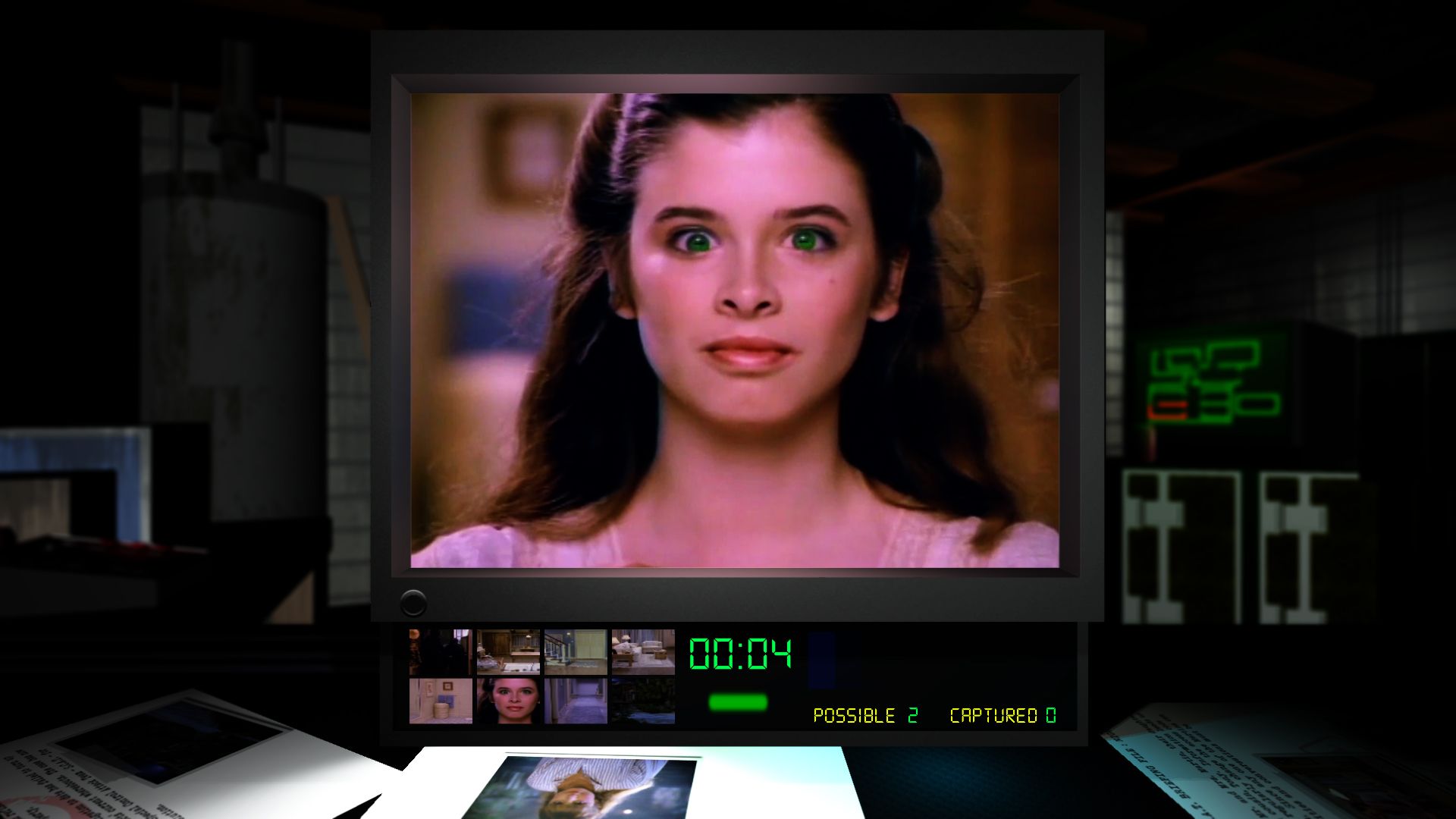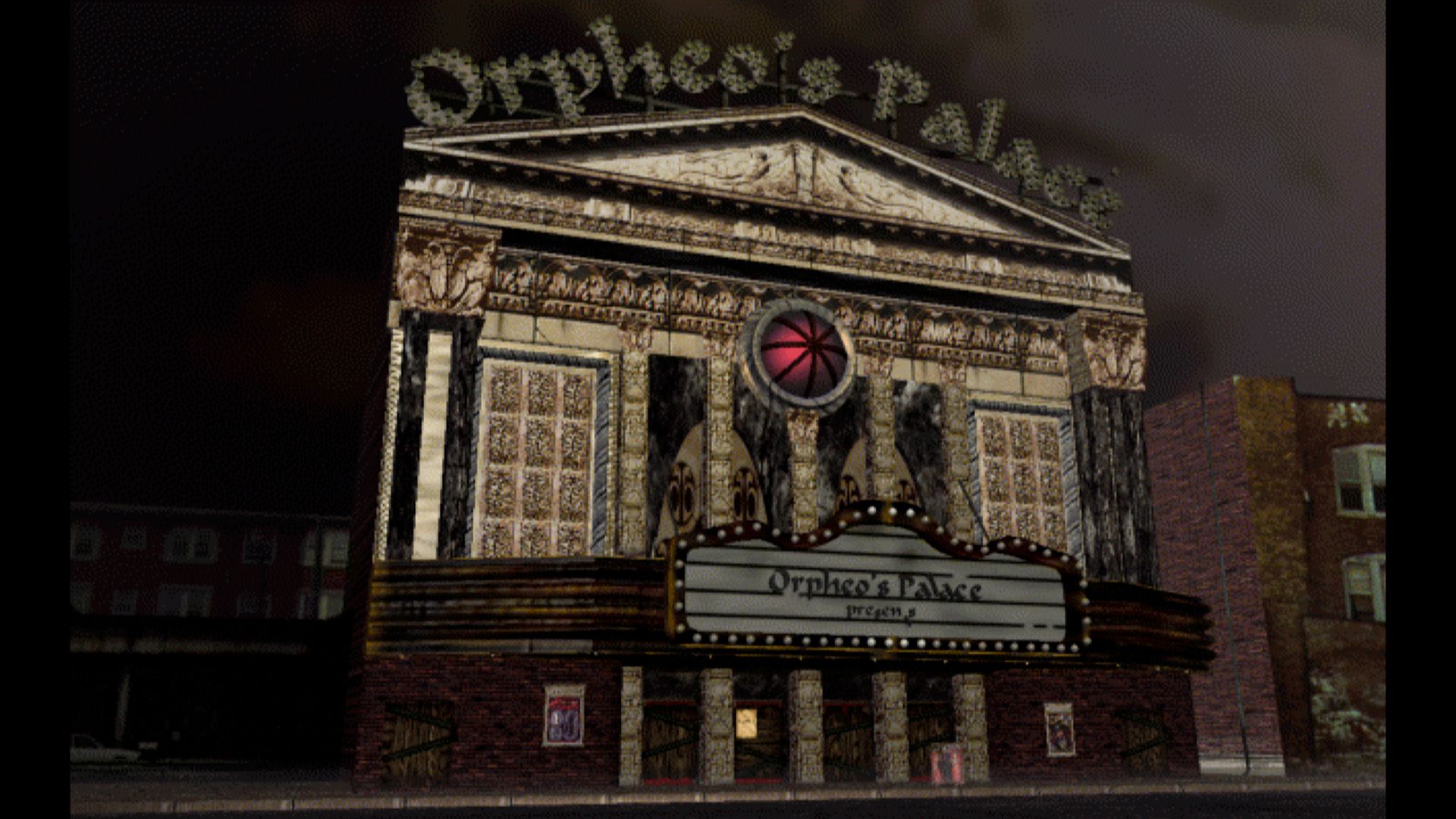FMV games were a common genre in the 90s, thanks to the advent of CD technology. In recent years, the genre has made a comeback with many remakes and even new titles hitting storefronts.
The name FMV game may be a bit confusing for some. So, this article will teach you exactly what an FMV game is, what that acronym stands for, and how these games work.
What Does FMV Mean?
The first important thing to cover is what FMV stands for, precisely. While it may mean something different in other areas, in terms of gaming, FMV has always stood for full-motion video. This acronym typically refers to pre-recorded video files used in a video game over more traditional sprite or 3D rendered animations.
The reason behind the full-motion part of the name is the earlier proliferation of digitized sprites in video games being used for animation purposes. For instance, Titanic: Adventure Out of Time is a game that features pictures of real-life actors for all the characters. These images are animated like stop motion, with still-frames played in rapid succession to simulate movement.
When the advent of CD-ROM technology hit the home gaming market, the FMV game was born, and that's how we've ended up with the genre we have today. However, you should note that technically FMV games date back to the 80s with LaserDisc-based games such as Dragon's Lair and Space Ace in arcades.
So, What Is an FMV Game?
Now we know what the acronym stands for, it's time to start diving into what makes an FMV game. There is some considerable debate over this, as, over the years, developers have created a variety of different types of games featuring FMV elements. We've listed the three most common types of FMV games below and given a brief overview of each kind, as well as what makes them a contender for the title FMV game.
Interactive Movies
This was the earliest form of FMV game, starting in arcades in the 80s. These are pre-recorded movies that play out as you play the game. As they go on, you have to press the correct button input to play the next part of the movie. If you fail to do so, a different section of the film plays, showing you a death animation or game over screen. Some good examples of this type of FMV game are Dragon's Lair in arcades or Time Gal on Sega CD.
Games With FMV Cut-Scenes
This type of FMV game is the most heavily debated. Typically, these are games that feature traditional animation styles during gameplay but have FMV cut-scenes in between levels. For many people, these do not count as FMV games in most cases, though it's tricky to make the distinction. For example, many PS1-era video games featured FMV cut-scenes with 3D animated models, but almost no one would refer to these games as FMV games.
Even further blurring the lines are games like Bram Stoker's Dracula on Sega CD. This game features live-action FMV cut-scenes, but the gameplay is also made up of digitized sprites of the actors from the films. Many argued that this combination would make this game an FMV game, but just as many say that it doesn't.
'Proper' FMV Games
A 'proper' FMV game features FMV as part of the primary gameplay. The distinction between an FMV game and an interactive movie is that an FMV game doesn't just play specific video clips in response to your actions. An excellent example of this would be the game Night Trap, which features FMV videos as security cameras that you have to watch. As you see enemies appearing on the screen, you enter a code and press a button to capture the enemies, playing a specific clip.
We consider titles like Night Trap a game rather than an interactive movie because of the extra gamification. For example, the game tallies your score the entire time, you have to figure out puzzles, etc. Although technically, the game is playing video clips in response to your clicks, this is not a single movie that progresses based on your actions. Instead, this is a world where the player chooses and affects what happens, making this an FMV game.
How FMV Games Work
Now we come to the most challenging question to answer: How do FMV games work? The answer to this question heavily depends on the game. In most cases, FMV games feature live-action, pre-recorded videos that are shot in the same way as a film or TV show is. In addition, in many cases, these productions can feature an entire cast and crew, as was the case with Night Trap and Wing Commander III.
If the FMV game in question was created in the 80s or 90s, this footage was then compressed to fit onto a home storage medium, such as CD-ROM, without taking too much space. This is why so many FMV games feature low-quality video squashed into a small part of the screen. In most cases, high-quality production footage still exists or at least existed at one point, but it just wouldn't fit into a game made in 1995.
At this point, what happened with the footage depends on the game type. In an interactive movie, these clips are linked together with simple programming to play under specific circumstances. In more complicated games like Ripper, an entire point-and-click adventure game is programmed around the footage, which is then superimposed into the digital world created for the game.
In most cases, an FMV game that isn't an interactive movie will have required just as much game development as any other game, and in much the same way.
So That’s What an FMV Game Is
You should now know more about what an FMV game is and how it works than any person needs to know. With your newfound knowledge, you'll have nothing to fear next time someone pulls out this particular acronym.




